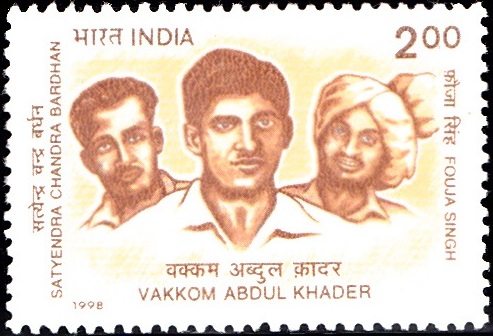
Vakkom Abdul Khader
A commemorative postage stamp on the Birth Anniversary of Vakkom Moulavi, Satyendra Chandra Bardhan and Fouja Singh, revolutionaries from Indian Independence League in Malaya and later Indian National Army :

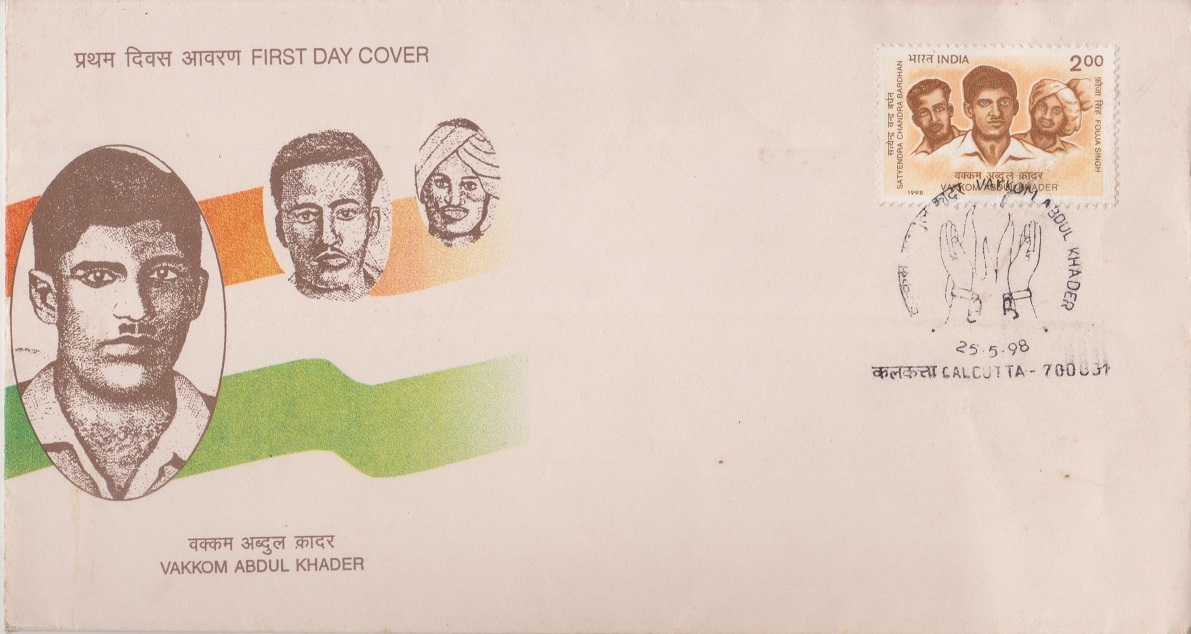 Issued by India
Issued by India
Issued on May 25, 1998
Issued for : The Department of Posts pays its tributes to the brave martyrdom of Vakkom Abdul Khader and his valiant colleagues by issuing this stamp on Vakkom Abdul Khader‘s birth anniversary.
Credits :
Stamp & FDC : Brahm Prakash
Brochure : Based on the material supplied by Vakkom Abdul Khader Memorial Association
Cancellation : Alka Sharma
Type : Stamp, Mint Condition
Colour : Two Colour
Denomination : 200 Paise
Overall size : 4.06 x 2.73 cms.
Printing size : 3.71 x 2.38 cms.
Perforation : 13 x 13
Paper : Imported un w/m Adhesive Gravure Coated Stamp Paper in Sheets 50.8 x 53.5 cms.
Stamps Printed : 0.4 Million
Number per issue sheet : 40
Printing Process : Photogravure
Printer : India Security Press, Nashik
Name : Abdul Khader
Born on May 25, 1917 at Vakkom, Chirayin kizh Taluk, Kerala, India
Died on Sep 10, 1943
About :
- Born on 25th May 1917 at Vakkom, a remote village in Trivandrum District of Kerala, Abdul Khader was the eldest son of Sri Vavakunju Ummasalumma. During the formative years before completing matriculation Abdul Khader developed a mind of rebellion against social and political injustice and the autocratic British Rule. He went to Malaysia at the age of 21 in search of livelihood for the family. It was around 1942 that the Indian National Army‘s political wing – Indian Independence League – came into being and served to instill patriotism and hope of Indian Independence among Indians living in South East Asia. The League decided to recruit young Indians, train them and send across to India to help the underground freedom fighters.
- Abdul Khader was one of the 50 trainees recruited to the Indian Swaraj Institute of Penang. They were trained for guerilla tactics, espionage and subversive activities for a month. Though the training was rather inadequate, twenty trainees were selected to form the vanguard for entering India surreptitiously, contact underground, gather intelligence and pass it on to the Indian Independence League. Abdul Khader led one of the four batches of five each. Two batches including the one led by Abdul Khader were sent by submarine and landed in rubber boats on the coast of Malabar (near Tanur) and Gujarat (near Okha) in September 1942. The lack of proper training (they had never handed rubber boats), and ignorance of local topography/language posed immense problems for the groups leading to their detection. They were all caught, arrested, interrogated and detained. Consequently it was easy for the security forces to anticipate the arrival of other two batches which entered through Arakan and Imphal and they were also caught. They were tried in camera at Madras jail for charges of conspiracy to “wage war against the King” under the Enemy Agents Ordinance which was given retrospective effect.
- Although there was no difference in the guilt among the twenty, Abdul Khader, Fouja Singh, Satyendra Chandra Bardhan, Boniface Pereira and Anandan were sentenced to death on April 1, 1943. The Judge apparently picked up representatives of all principal religions of India. Boniface Pereira later on got reprieve on technical ground on review. Abdul Khader, and his companions faced death on 10th September 1943 with indomitable courage and heroism, they sang ‘Vande Mataram‘, shouted ‘Bharat Mata ki jai‘, ‘Gandhiji ki jai‘ till the end at the gallows. In his last letters to his father/relatives and friends, Abdul Khader asked them not to grieve for him and had desired for establishing secularism by hanging of a Hindu brother with him.


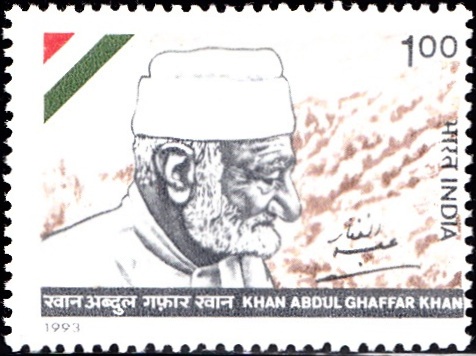

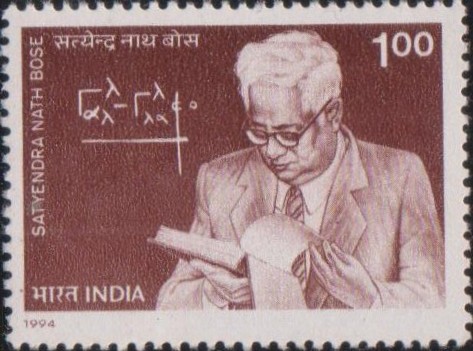
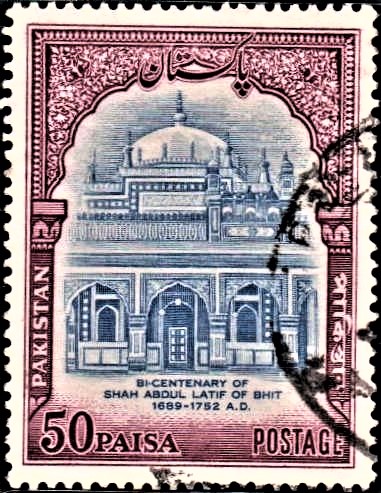
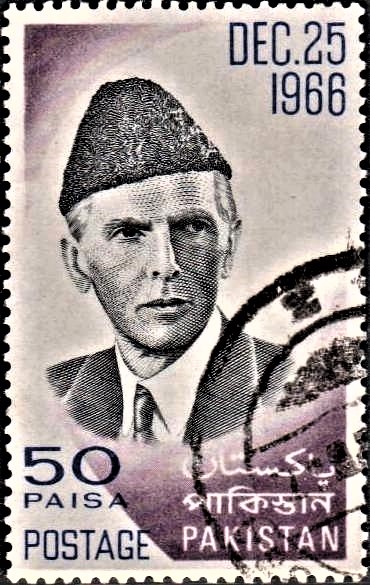

A Great tribute , by Postal Department.